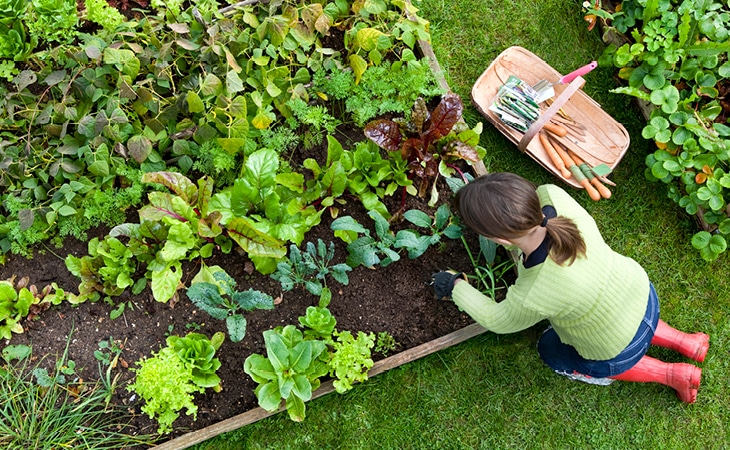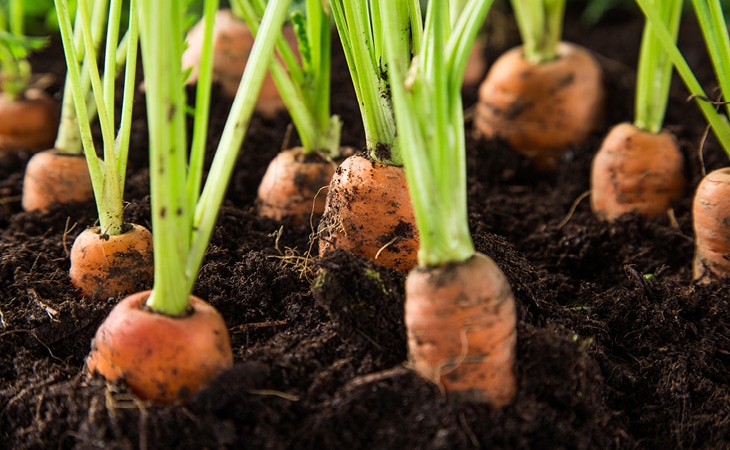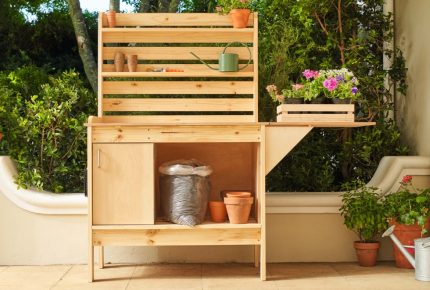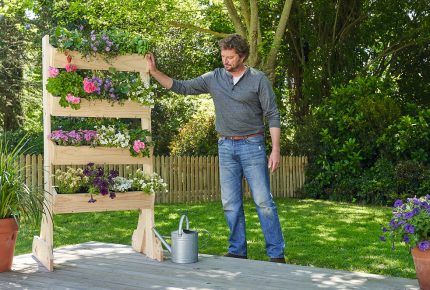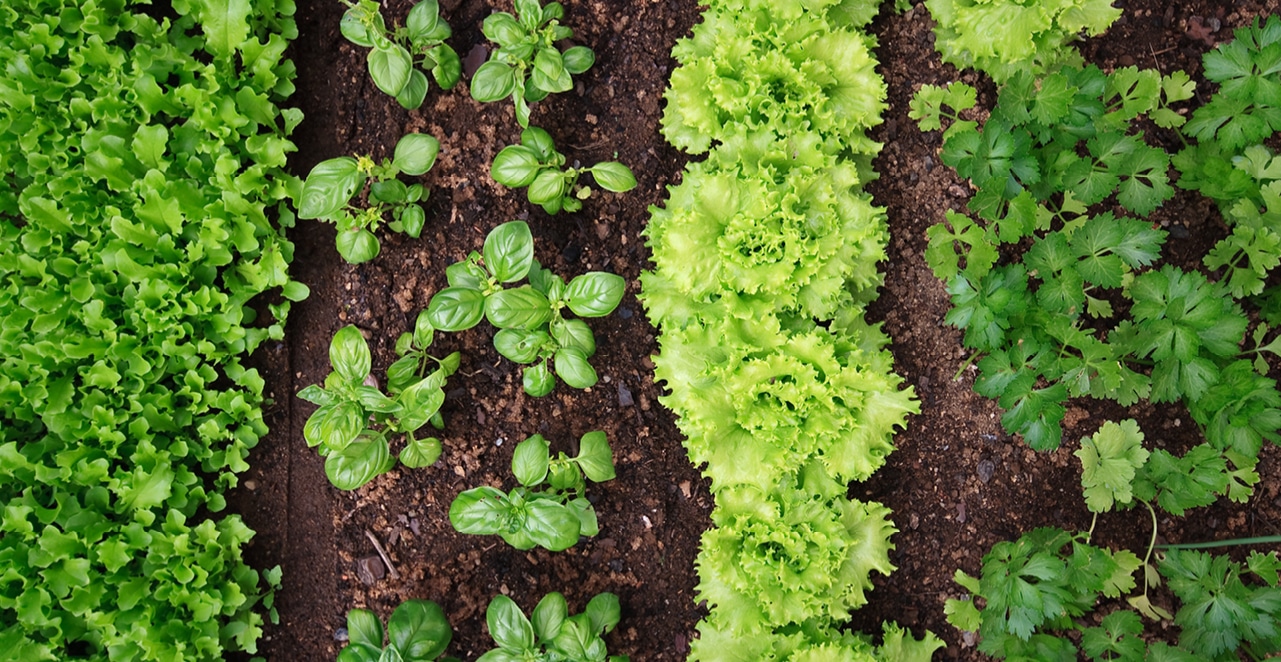
#How To
How To Create A Veggie Patch From Scratch
There’s nothing more rewarding than enjoying the fruits of your own labour. While growing your own vegetables at home might sound like something that only experienced gardeners are capable of, it’s actually much easier than it sounds and a great little project to get stuck into over a weekend. Different vegetables grows at different times of the year, so there’s never a bad time to get started.
LOCATION
The position of your veggie patch will ultimately determine the success of the veggies that you plant in there. If possible, setting your patch up in a location which is sheltered from wind will keep it protected, for example, up against a fence or next to a tree. Make sure your patch is set up in an area that’s exposed to plenty of sun. Be mindful of the change in season, as areas that get plenty of sun in summer might not be so lucky in winter. Find a space suitable for all four seasons.
ENCLOSURE
There are many different ways you can approach this. The first and easiest option is to plant directing into the ground, however if your backyard allows for it, you should consider a raised enclosure. This will provide extra soil depth and facilitate drainage so you don’t end up with a waterlogged patch after heavy rain. Raised beds can be purchased premade at your local nursery or garden centre – or can be easily made at home if you’re in the mood for a little DIY!
CROP ROTATION
If you’re planning to grow multiples vegetable types and if your space allows for it, set up four different veggie patches to allow you to rotate your crops seasonally. The process of crop rotation is an old, yet very effective one, and is done so that no bed or plot sees the same crop in successive seasons.
Rotating your crops seasonally will reduce the risk of pests and disease, and it will also manage the soils PH and nutrient levels which will help your veggies to get the most out of the soil they’re in.
When planting, try and group vegetables from different families together, rather than all of one kind in the same bed. For example, peas and broad beans are of the same family and will thrive if planted apart with other types of veggies, same goes for broccoli and cauliflower.
SOIL
Plants and vegetables absorb moisture and nutrients through their root system, which means the quality of your soil will ultimately determine the quality of your vegetables.
If you’re planting straight into the ground and therefore working with existing soil, it needs to be aerated and loosened. There is no point in planting new veggies into compacted soil, as they won’t be able to access any water, oxygen or nutrients.
If you’re planting into a raised bed, pick up some high quality vegetable soil from your local garden centre or nursery. When starting a new patch or in between crops, it’s important to add some other ingredients to your soil mix to feed your vegetables. A good compost, manure and blood & bone will all do wonders for your soil and in turn your vegetables. Be sure to mix the ingredients around as if you’re baking a cake before you get planting. A cultivating tool like the STIHL MultiSystem or KombiSystem with the pick tynes attachment will help you do this quickly and effectively.
WHAT TO PLANT AND WHEN
In summer, residents in the southern and often cooler states can try their hand at growing spring onions, leeks, lettuces and zucchini. If you’re in the north, tropical conditions provide a great opportunity to grow leek, sweet corn, beans, cucumber, spring onions and zucchini.
If you reside in the northern states, don’t worry to water your veggies too often unless you’ve experienced and unusual dry spell as it’s typically wet and rainy at this time of year. If you’re in the southern states, keeping an eye on the moisture levels in your soil is crucial to the success or your patch. As a rule of thumb, if you soil feels dry, it’s due for a drink. Giving your patch a feed with organic matter such as manure or seaweed solution every couple of weeks will also keep them healthy and thriving.
Visit stihldealers.com.au to find your local store.

